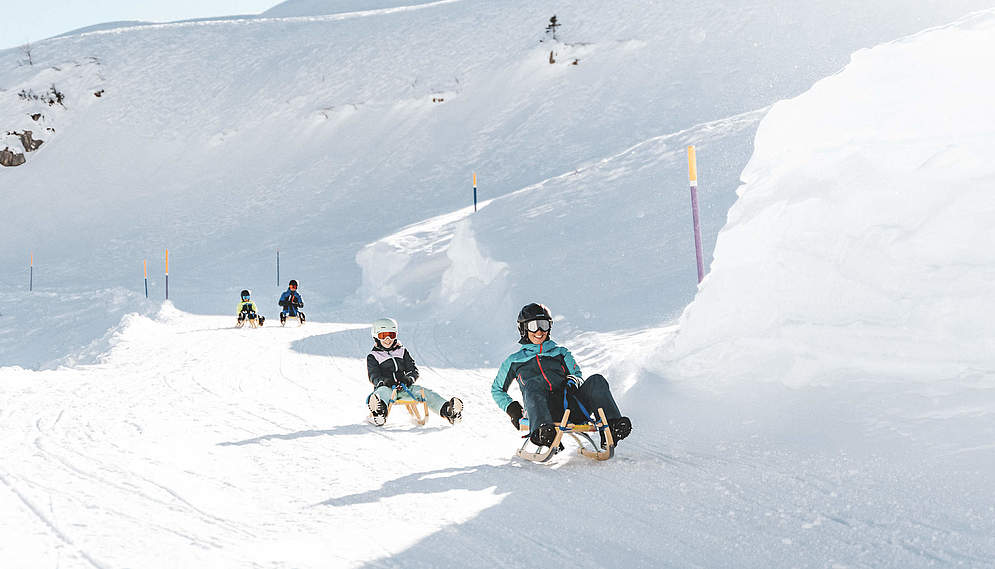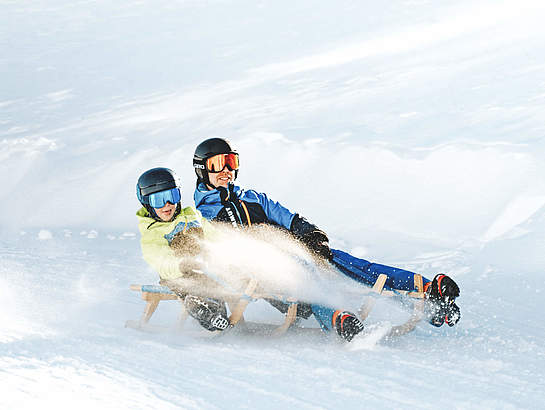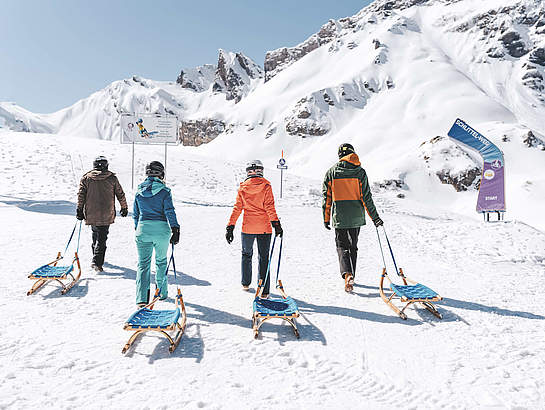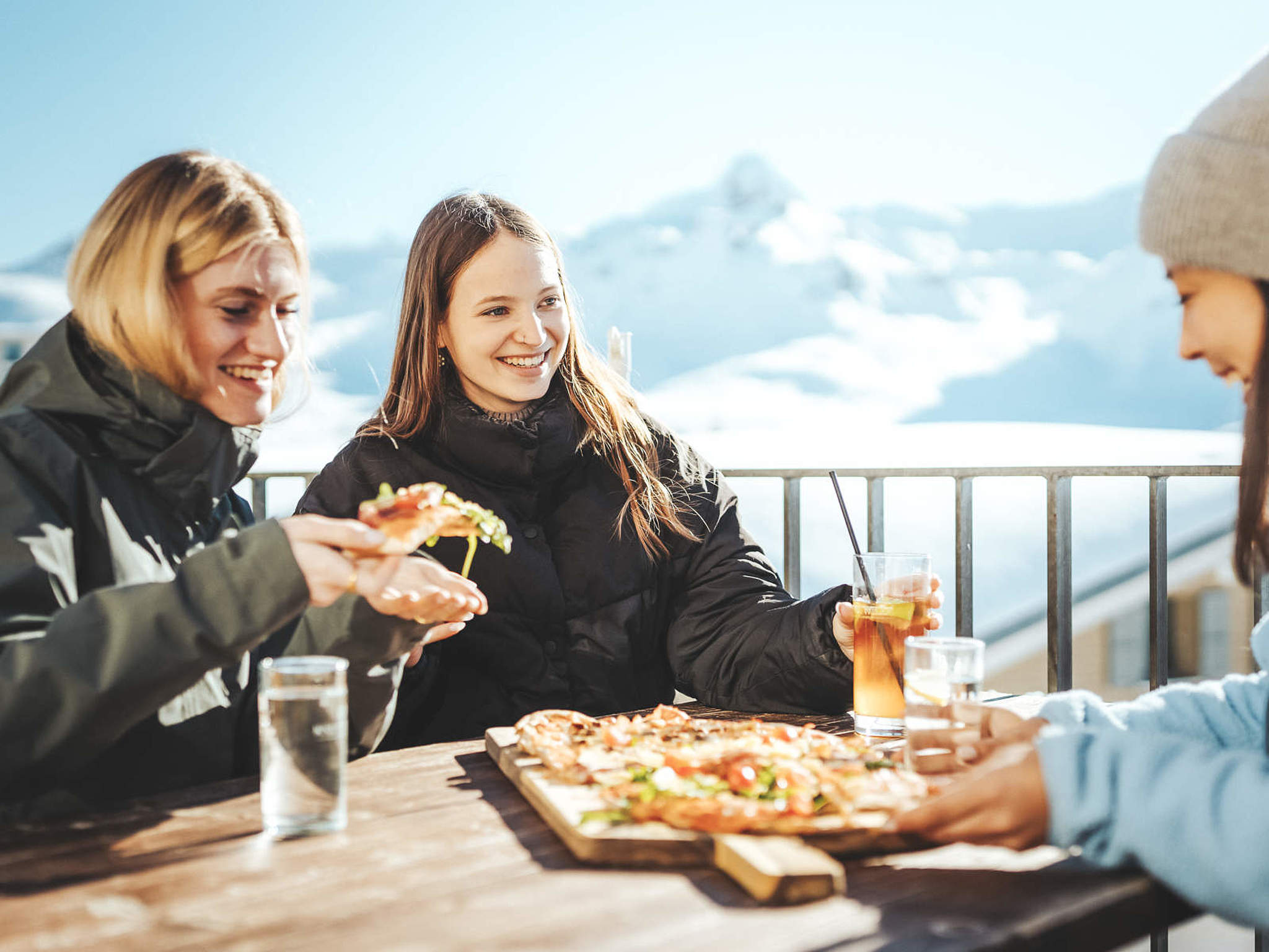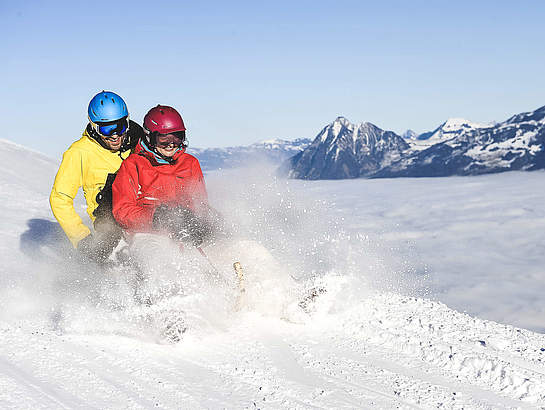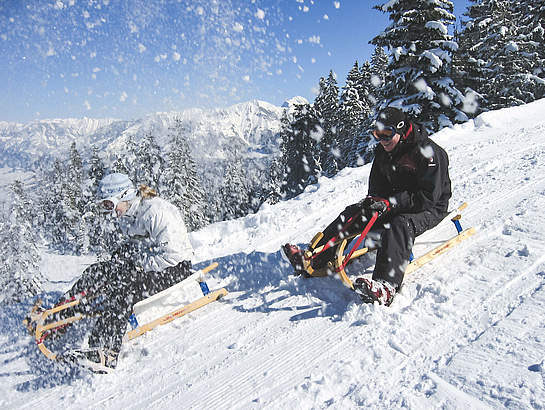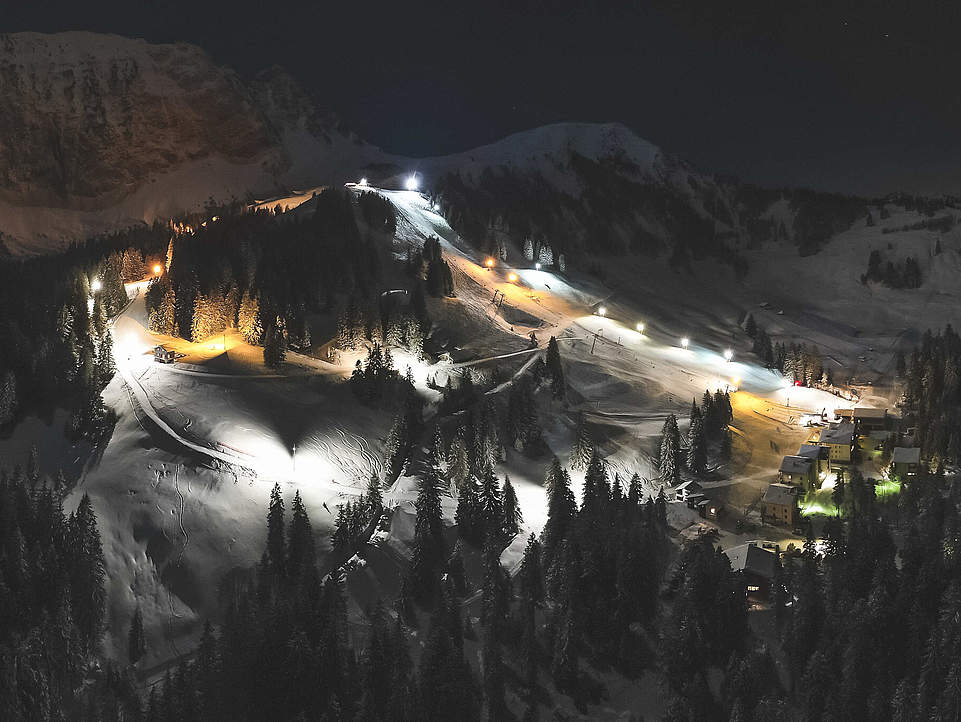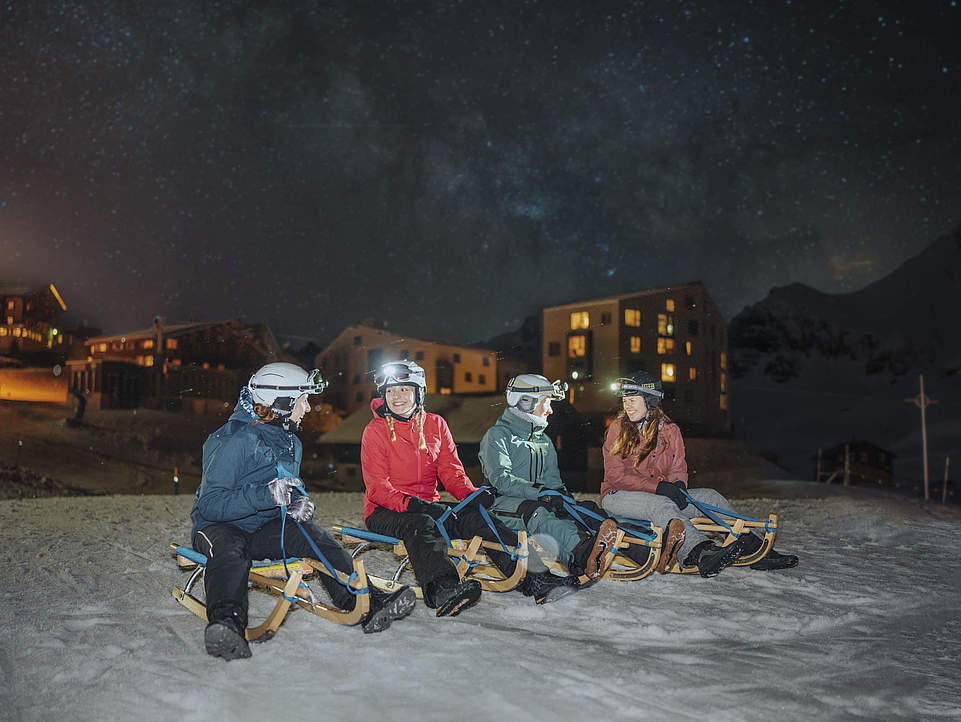The toboggan run
At 8 kilometers, the toboggan run from Melchsee-Frutt to Stöckalp is the longest in the whole of Central Switzerland. Almost 1,000 meters in altitude with numerous bends and gliding sections make for a fast and varied descent. When the view is clear, you can enjoy a magnificent view of the Melchtal valley.
